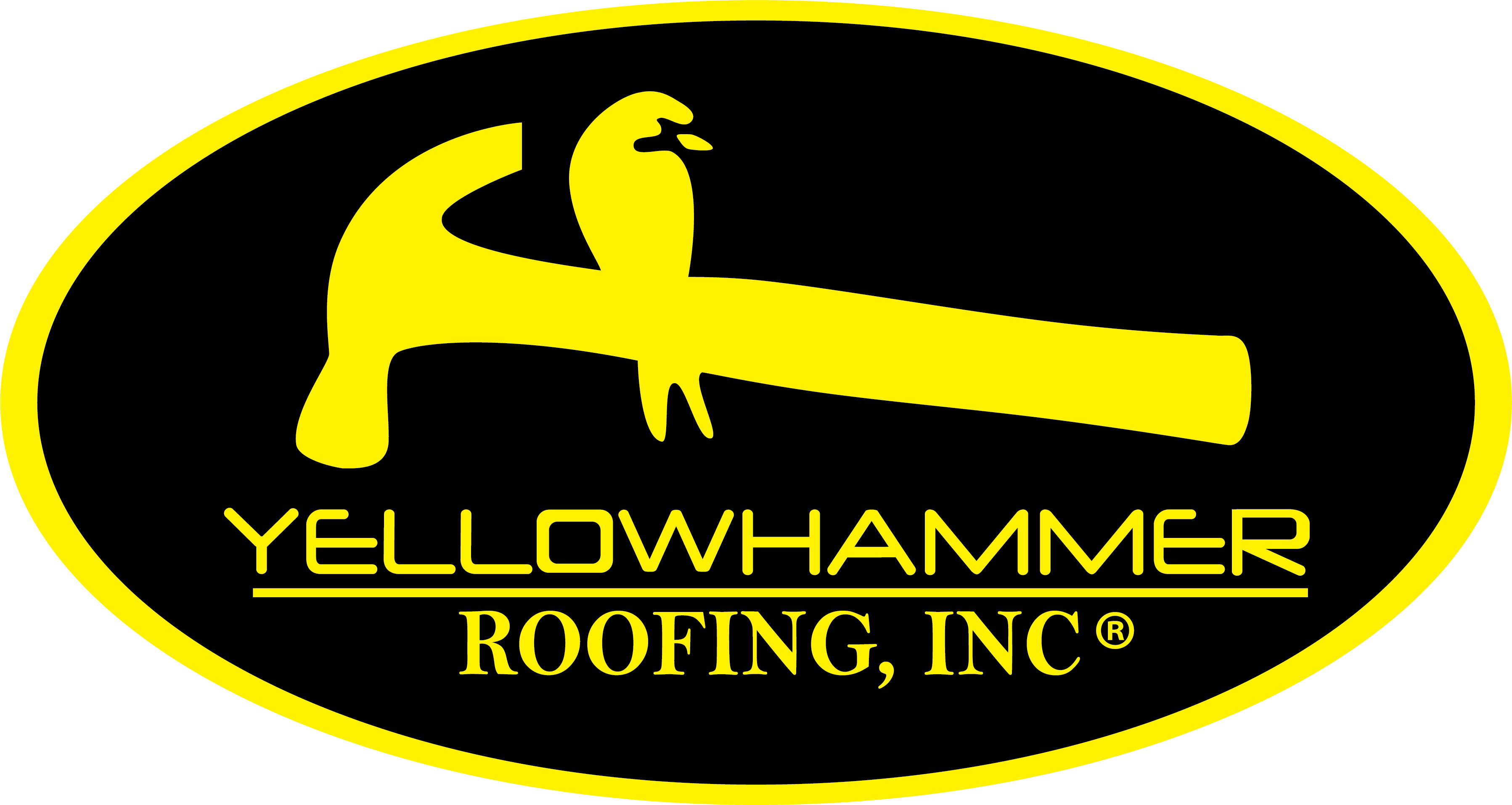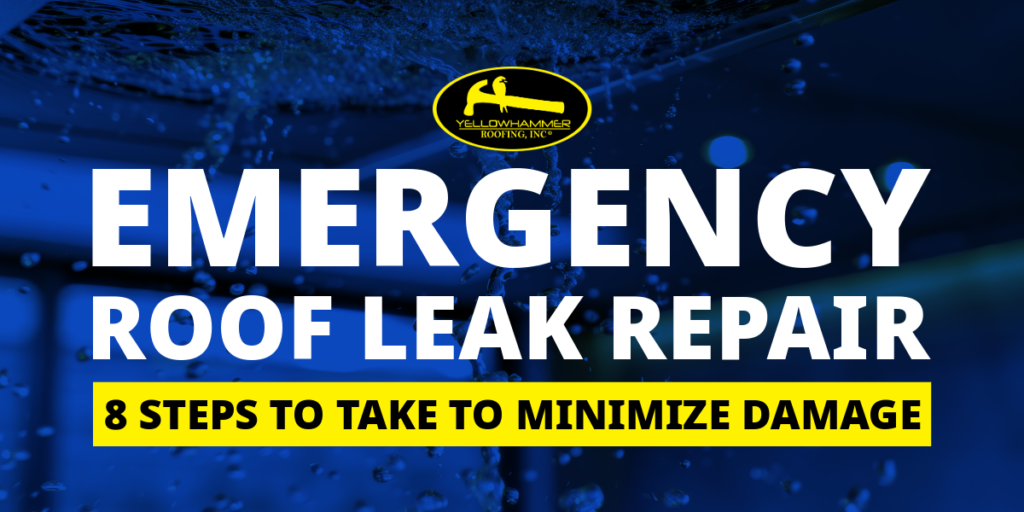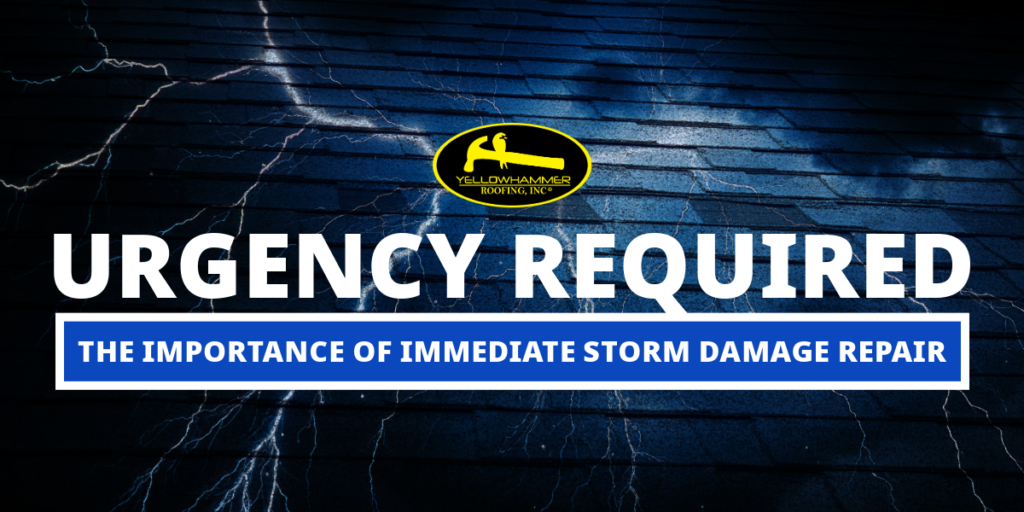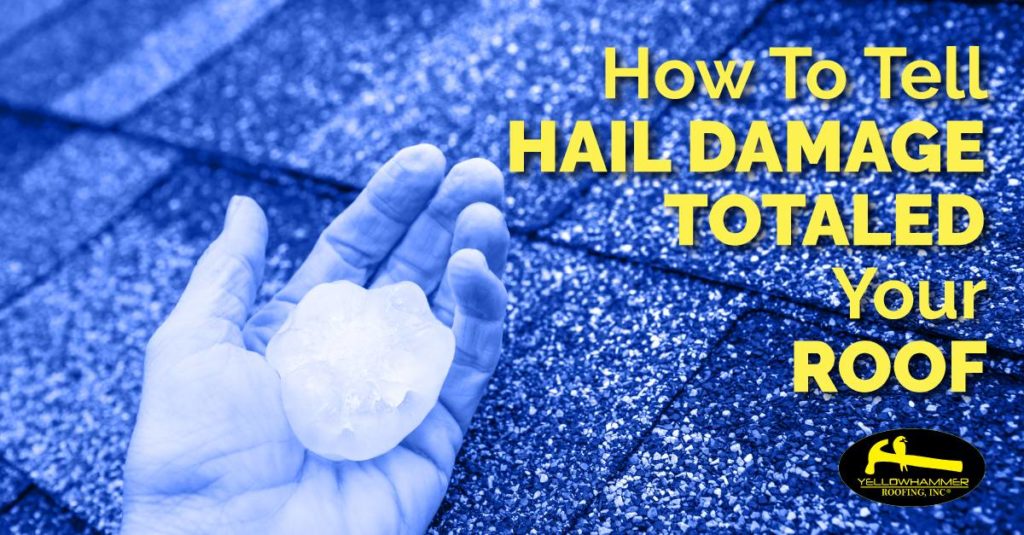Out of nowhere, your roof springs a leak, a bad one where water gushes inside. Or perhaps you’re sitting in your home and noticing the dampness of your ceiling in one or more areas. “Where did that come from, and how do I get rid of it?” you ask yourself.
Maybe you’ve known for a while that your roof needs repair. However, you’ve put it off because you just don’t have time to deal with it. Suddenly, a giant thunderstorm rips through your area and unleashes a torrent of rain, some flooding through your roof.
Emergency roof leak repair. These words scare many homeowners. They imagine a drawn-out battle with a roofer that will cost them much more than they can afford. They surmise that they will be told to replace the existing roof with an expensive new one.
If the thought of an emergency roof leak repair sends shivers down your spine, don’t worry anymore. As a homeowner, you have options to minimize the damage from an emergency roof leak that won’t break the bank or create unending frustration and heartache.
8 Ways To Minimize Damage From An Emergency Roof Leak
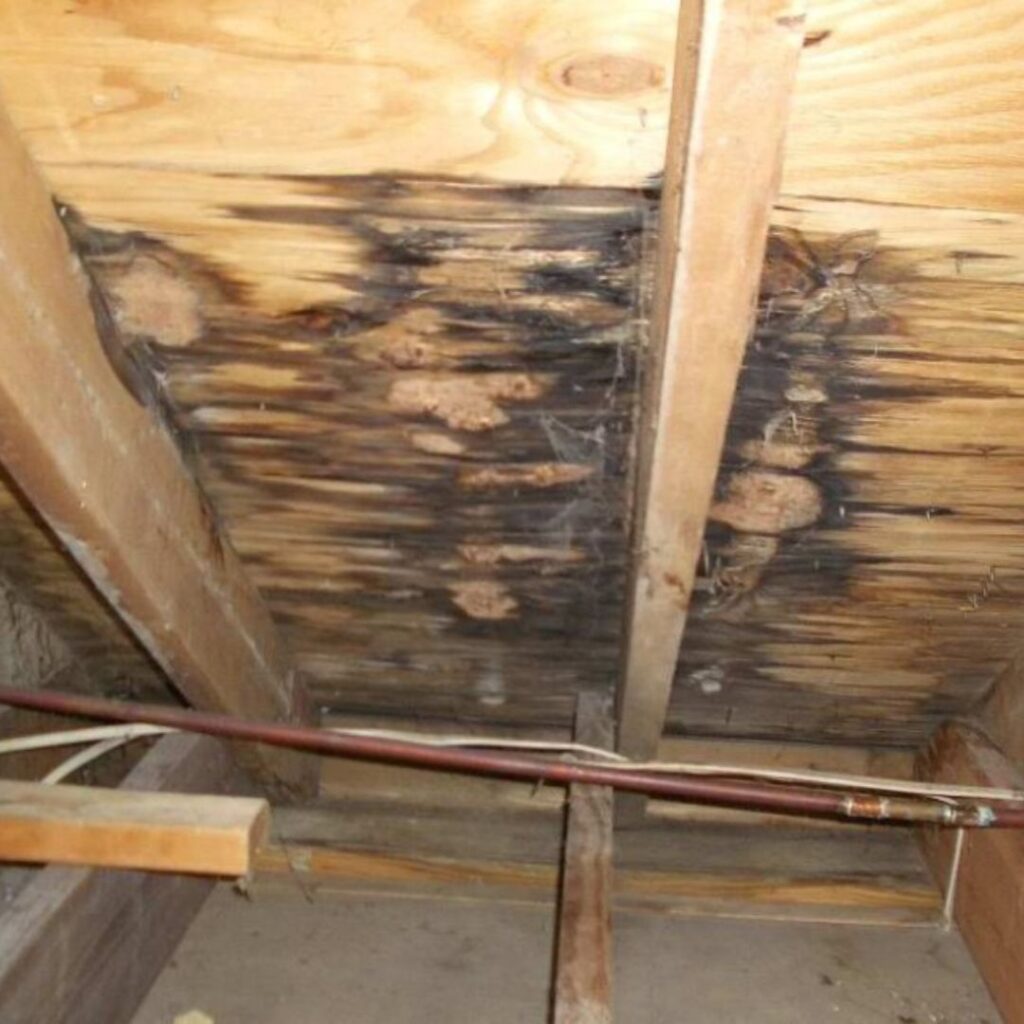
A responsible homeowner must take steps to mitigate damage to their home following a storm (or other adverse weather event.) Employing the following measures reflects a commitment by the homeowner to reduce issues (short-term and long-range.):
At Yellowhammer Roofing, we know the precious importance of reliability. We won’t put you on hold when you contact us following a damaging storm. To the contrary! We will respond quickly and answer all your questions. We will help you assess the damage and guide you on what steps to take next. We also help mitigate further damage and work with you on any insurance claim.
For all your roofing needs or when you need us in a pinch, contact Yellowhammer Roofing today.

